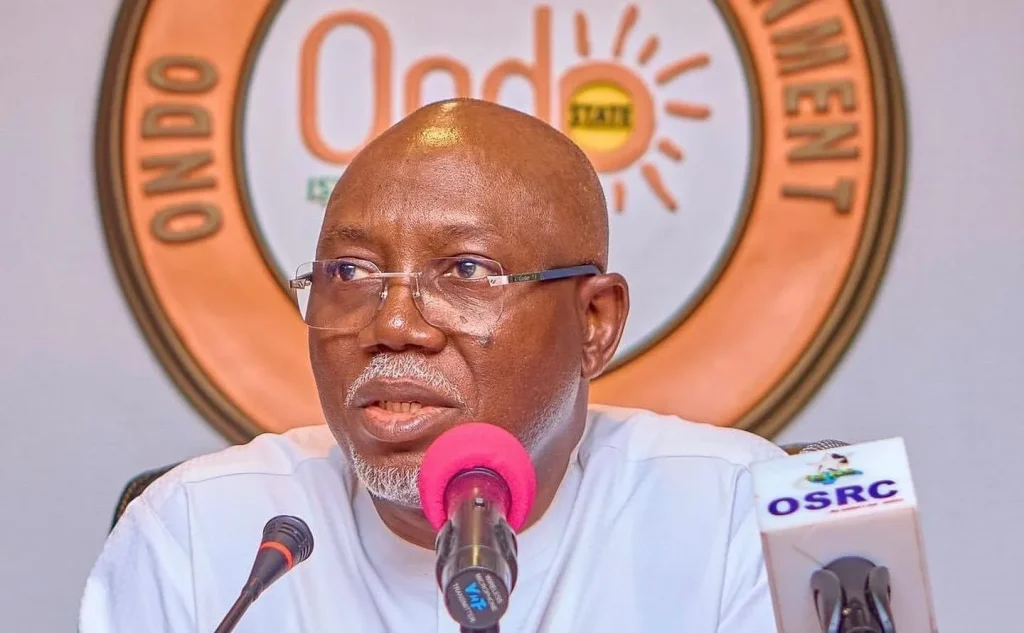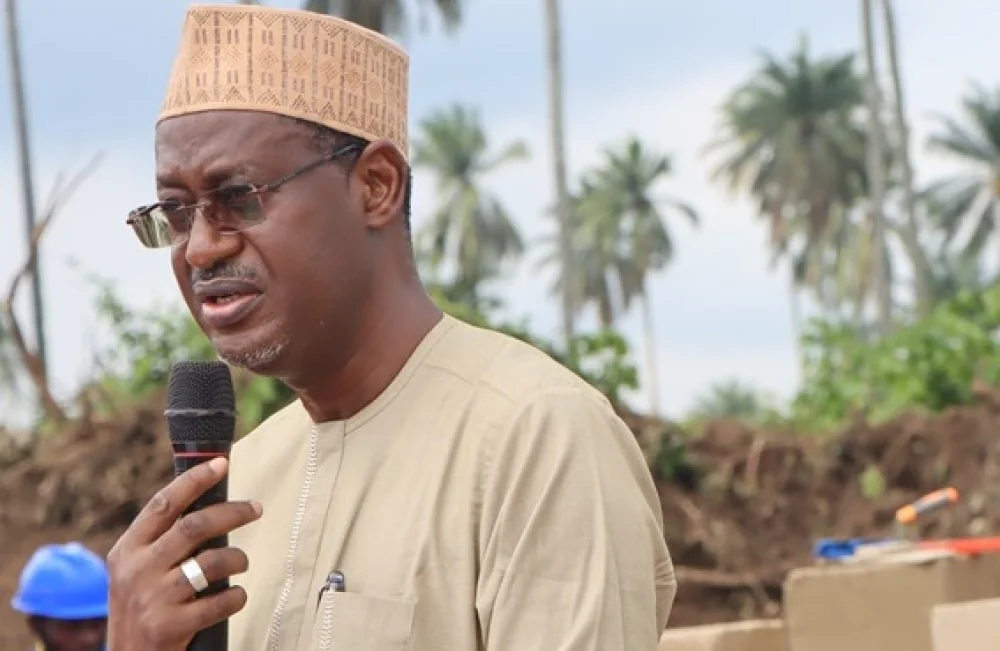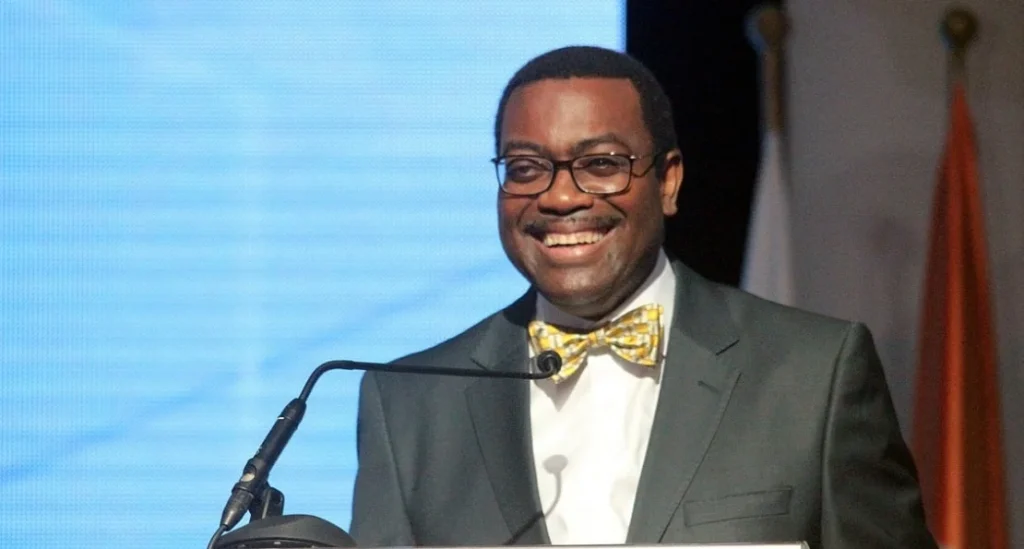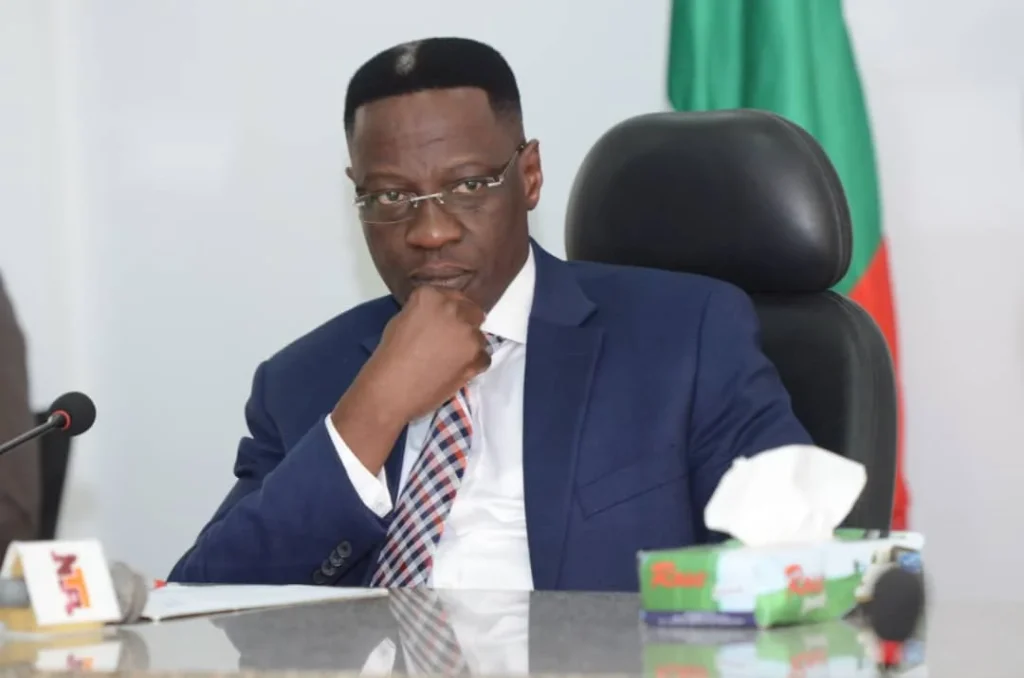The first census of Nigeria was held in 1866, followed by censuses in 1871, 1881, 1891, and 1901. However, they were limited to the Lagos Colony and its vicinity. The 1871 census marked the commencement of the country’s decennial census, which followed the British practice. Tax riots in Calabar and Owerri provinces in the then-Eastern zone impeded enumeration in these areas’ major towns in 1931, while the locust invasion diverted some census officials to anti-locust duty in some Northern provinces.
The advent of the Second World War disturbed the decennial census, hence no population census was held in 1941. The 1952/1953 population census was regarded as Nigeria’s first modern, national, and well-planned census. The notion of simultaneity was not followed, as the census enumeration was staggered. Northern Nigeria’s census was performed from May to July 1952, while the West and Mid-West were conducted in December 1952 and January 1953, respectively. The Eastern Census was performed between May and August 1953. This enumeration approach makes it difficult to compare data between regions. Furthermore, the interruption of the Second World War made people dubious of the purpose of the exercise and therefore many people did not submit themselves for enumeration.
The 1962 Population Census encompassed the entire country and was conducted simultaneously in May. Despite adequate publicity, the census findings were unacceptable to the regions due to excessive politicisation. The government’s unwillingness to acknowledge the 1962 population census triggered the 1963 census, which critics alleged was conducted through negotiation rather than enumeration. The result was challenged in the Supreme Court, which decided that it lacked jurisdiction over the Federal Government’s administrative functions. The 1973 Census, performed between November 25 and December 2, was not released due to purposeful fabrication of census results for political and/or ethnic purposes.
The 1991 Census was conducted under Decree 23 of 1989, which established the National Population Commission. It was held around the country from November 27 to December 2, 1991. This was the most scientific and acceptable approach until the 2006 Population and Housing Census. In March 2006, Nigeria conducted its first Population and Housing Census. The project consisted of several stages. For the first time, the Global Positioning System and satellite imagery were used to create geo-referenced EAs. Additionally, machine readable forms (OMR/OCR/ICR) were employed to collect information from responders.
The importance of the census cannot be overstated. A population census is at the heart of all planning activities, and no significant development planning activity can be carried out without using population census data.
Ideally, a census should be done every ten years. This era allows the government to accurately document changes in population structure and migration. The country is four years behind on its census. A population and housing census should have been conducted in 2016, one year after President Major General Muhammadu Buhari (retd.) took office. However, the new government was unable to undertake the census due to the 2017 economic slump.
Another effort to run the drill in 2020 was thwarted by Coronavirus. Interestingly, the Buhari administration has approved N176 billion for the exercise in the 2022 budget. According to reports, the first part of Census 2023, trial house listing and house numbering, began formally on Wednesday in chosen local government regions around the country.
Though the whole exercise is set for April 2023, two months after the general elections, Nigerians remain hopeful that the NPC will conduct a smooth and acceptable census. The country must stop guessing or providing bare figures as to its population. With the population boom, the country requires precise data on births and death rate for national development.













